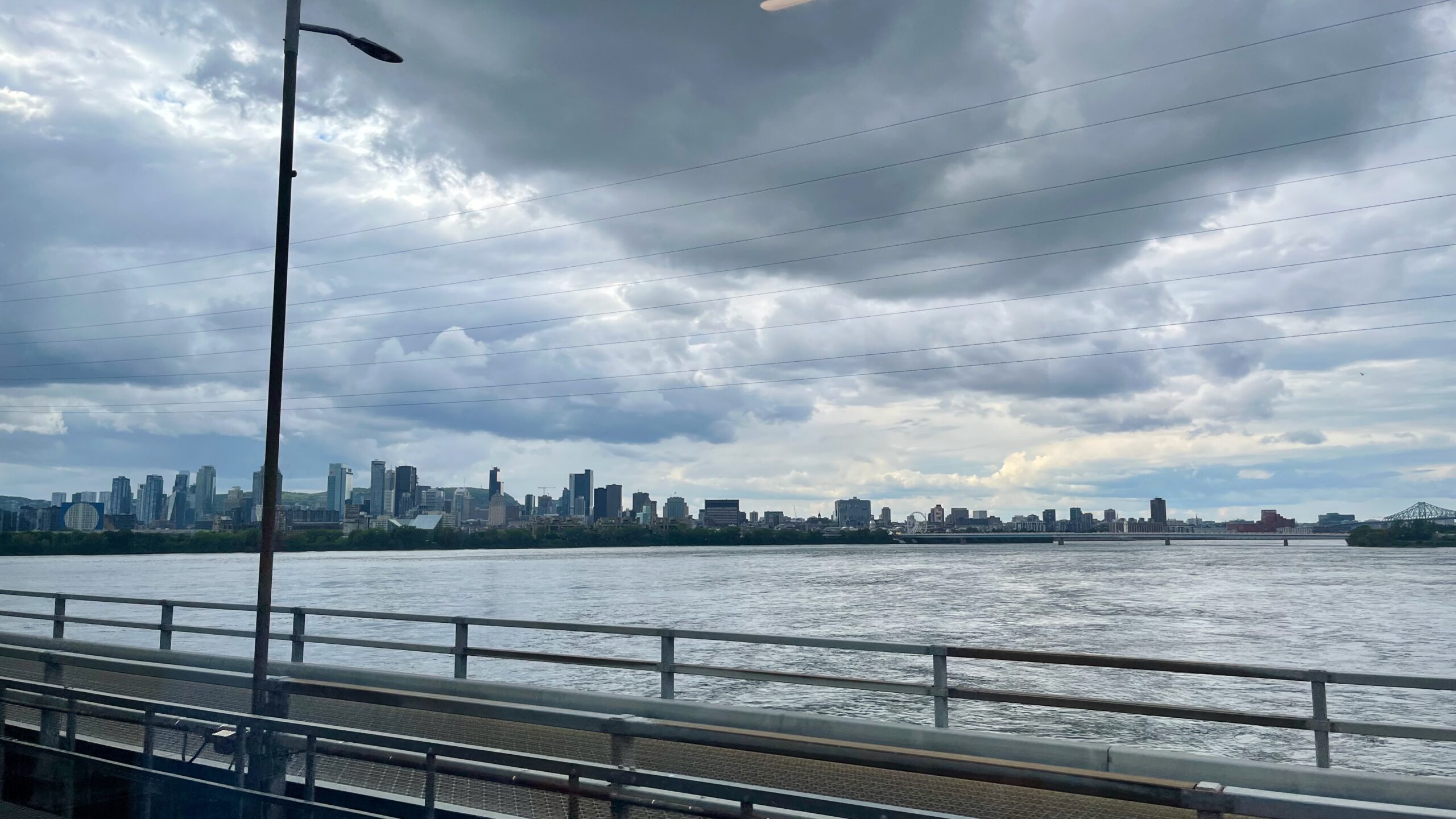aka “Oh look, Ryan went to another city and rode a bike. How original!”
Bicycle people often cite European cities when advocating for more equatable transportation options in our North American cities – Amsterdam as the obvious world leader in cycling infrastructure, maybe Copenhagen, Paris for how quickly they’ve transformed their city or Oulu when it comes to winter cycling.
I submit we should be looking towards Montréal!
Detractors and opponents of cycling infrastructure are quick to assume and assert that there is something about the Europeaness of these cities that makes them uniquely receptive to cycling and pedestrian infrastructure investments: cars never took hold, warmer climates, different governments, taxation, etc, etc.
While it’s true that Montréal is often seen as a little slice of Europe in North America, it is also very much Canada. It has cars, and drive-thru Tim Hortons. It has massive highways. It even has freeway tunnels not seen much elsewhere in Canada. It has 4 – 6 months of winters. Its government, taxation and road funding considerations are (likely) similar to the rest of Canada as well.
Yet somehow it’s transformed itself into a cycling (and walking) paradise.
See.
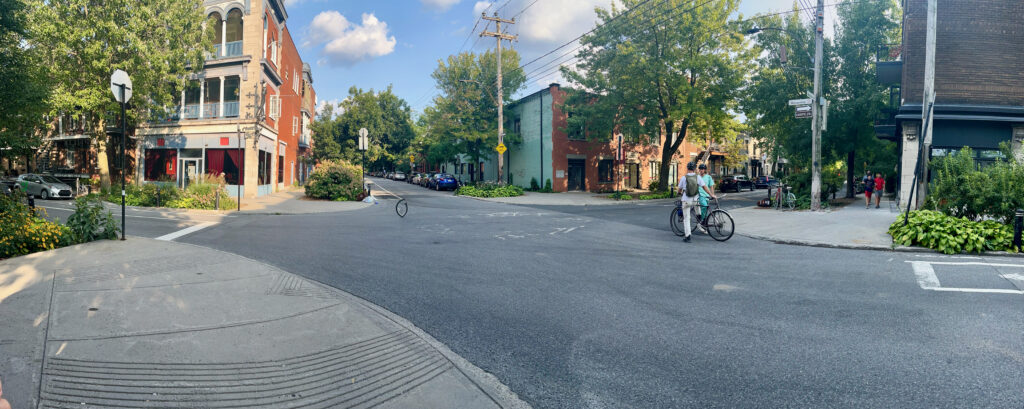
While waiting for Odessa to finish up les garçon, we chilled on a bench on this corner. This particular scene gave me Wolseley vibes, maybe it was the red brick and the copious trees.
I hope the curb bump-outs they’re constructing on Wolseley Avenue this summer have space for plants at the corner. It really ties the street together. If not, I guess we can always build some.
If it’s not totally visible, what’s going on here infrastructure-wise: the streets are one-way, with one lane for cars, one lane for bikes and one lane for car storage.
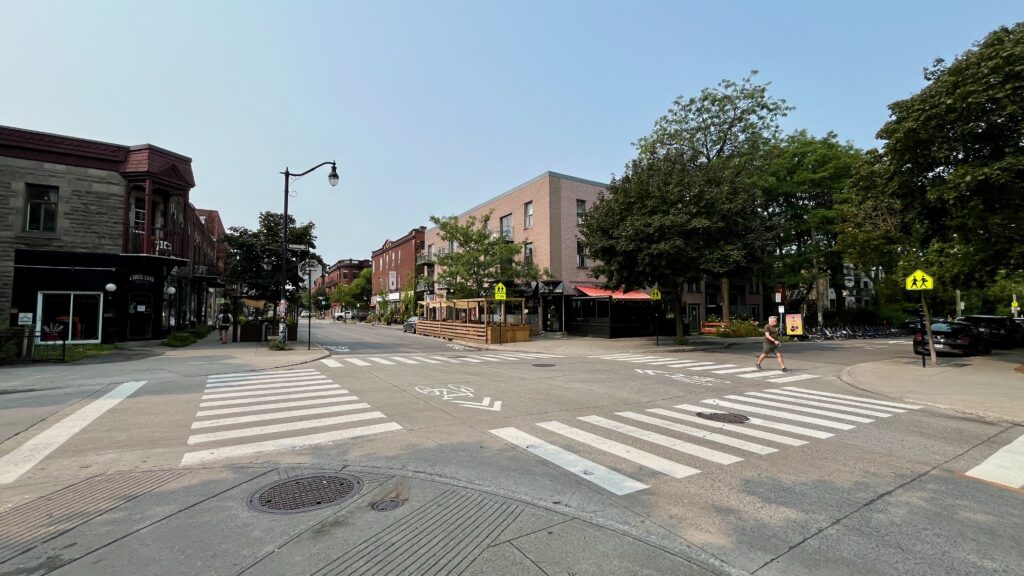
Here’s another super friendly corner. This time in Mile End. Once again here we have streets with limited car traffic. The bike “lane” here is a sharrow but I think it probably works OK because these streets are quieter.
Note also the sidewalk patio extending into what would otherwise be car storage. FWIW I actually think that Winnipeg is doing an OK job on the sidewalk patio front but I’d definitely like to see more!
So Many Bikes!
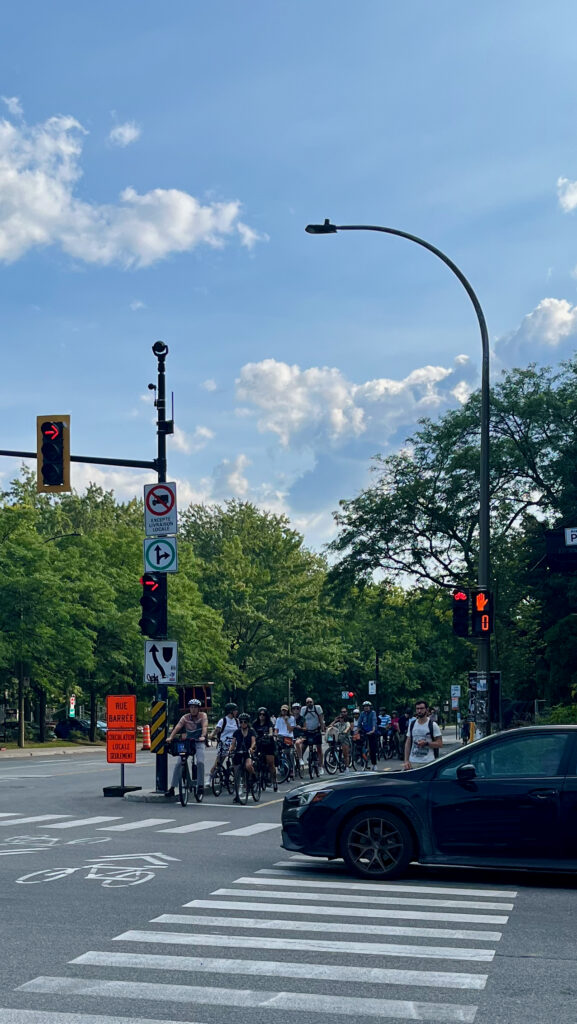
Bike lanes are often criticized for always being empty, with the implication being that nobody uses them. Setting aside that this criticism is never applied to car lanes, a reasonable person would understand that this is often because the lane is operating efficiently.
I count approximately 15 cyclists in this photo and they all cleared out — leaving the lane empty — as soon as their light turned green. I’m almost certain I encounter this many cyclists most days I ride towards downtown, it’s just that we don’t have as many scenes like this where a mass is bumped up waiting for a light. Though it is starting to happen around West Broadway.
Close the streets.
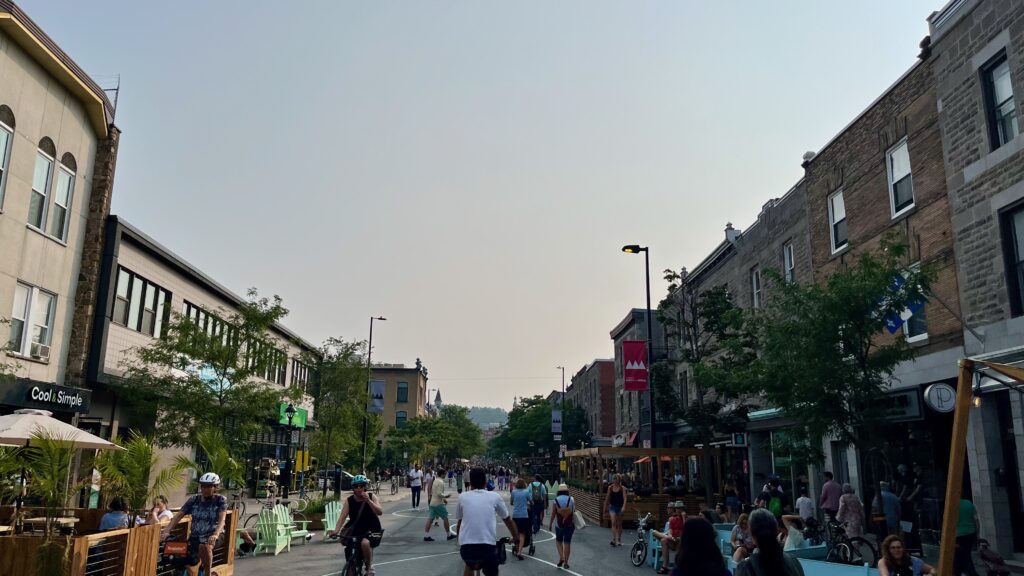
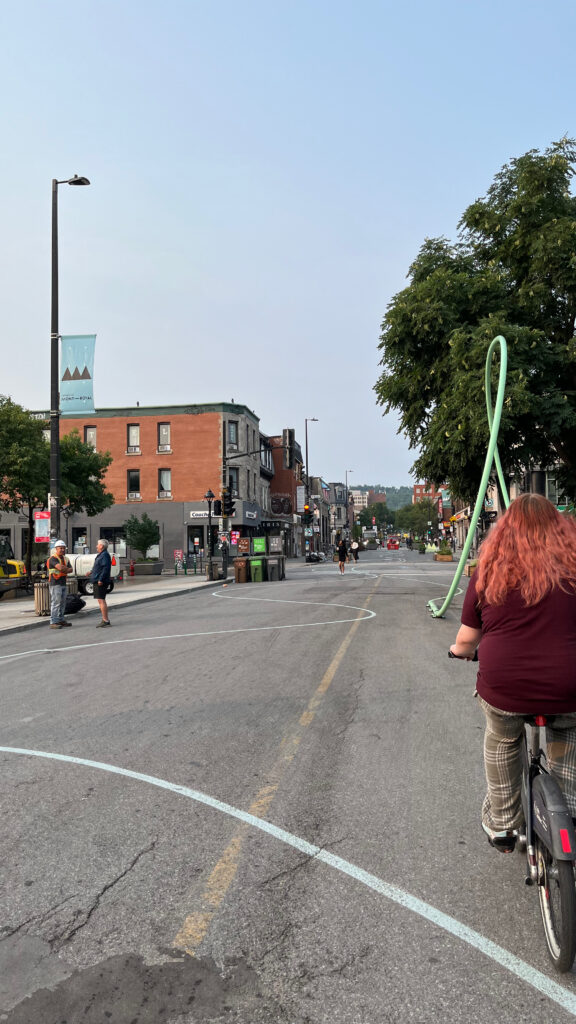
Block and blocks of Avenue Mont-Royal, Avenue Duluth and a few other streets are closed all summer. It’s incredible! And get this, it’s a tourist feature!
Winnipeg’s Osborne Street feels the closest (albeit much shorter) to Mont-Royal or Duluth (maybe also Sherbrooke or Corydon). The fact that we no longer even close Osborne to traffic for Canada Day longweekend is a huge step in the wrong direction.
I can’t help but think that an experiment to close Osborne to cars all summer would be hugely successful!
BTW in Montréal the major street intersections remained open and it was really NBD. So — unlike what used to happen during the Canada Day closures — IMHO it would be fine to keep the intersections at River and Stradbrook open during this closure.
In Conclusion.
I don’t know what the heck Montréal did to make this happen. I don’t think it was this good the last time I visited 10 years ago.
Let’s figure it out and make it happen here.
PS. Every intersection in Quebec City seemed to be a pedestrian scramble and yet it continues to function as a city.
